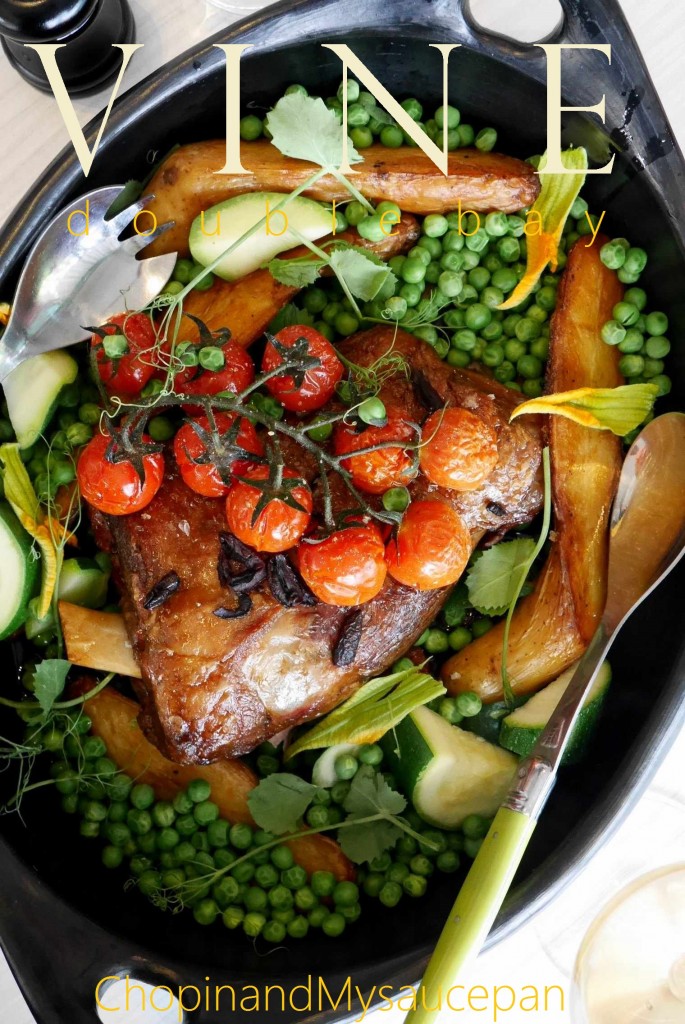
A different interpretation of Da Vinci's Mona Lisa (Photo credit: FreakingNews.com)
I recently wrote a post about one of Chopin’s most beautiful works for solo piano. The etude in A flat major Opus 25 no. 1 was composed in 1836 and published in 1837.
The technical challenge for this piece is to be able to play the passive harmonisation of the middle voices whilst the left hand periodically introduces polyrhythms. The beautiful melody is played by the fifth finger of the right hand which falls on the first note of each sextuplet with occasional counter-melodies provided by the inner voices.
The interpretation of this piece by Lang Lang is, to me, the most beautiful I have heard among leading pianists past and present because of his creative rubato style, his legato phrasing and total control of the melodic line.
The original – Chopin’s etude in A flat major Op. 25 No. 1
Performed by Lang Lang at the Musikverein concert hall in Vienna, Austria in 2010.
(Listening tip: Use a good set of headphones)
The legendary Polish American pianist and composer, Leopold Godowsky composed three paraphrases of the original etude which have become very important works in their own right.

Legendary American pianist & composer Leopold Godowsky
Each paraphrase demands a higher level of pianistic ability whilst respectful of Chopin’s intention and musical direction of his original work.
Godowsky has written well over 50 paraphrases of Chopin’s famous etudes. Personally, I find his paraphrases of this particular etude to be so beautiful in different ways, it is like viewing the Mona Lisa in a different light, but always with great respect to da Vinci’s original.
I believe it is a futile debate as to whether the paraphrases of Godowsky are “better” than Chopin’s original work because music is not a science. It is our own personal experiences that dictate our relationship with the music and not whether one composer is greater than the other. Indeed, as mentioned above, Godowsky’s paraphrases are important works in themselves because he has combined the ingenuity of Chopin‘s original composition coupled with his own creative interpretation to the extent the works sound immensely beautiful in their own right.
But this beauty is only accentuated because of our appreciation and familiarity with Chopin’s original.

Master of the piano ~ Marc-Andre Hamelin
Marc-Andre Hamelin the Canadian pianist plays all three paraphrases (plus the original of course) which combines sublime virtuosity and melodic beauty. All three versions are in Chopin’s original key of A flat major.
Have you ever cooked a beautiful meal with just a few fresh ingredients? Or do you you prefer a meal heavy with complex flavours? Godowsky’s three paraphrases can be juxtaposed with different styles of cooking.
The first version is only played by the left hand and yet so rich with beautiful harmonics and clarity of the melodic line. Playing this version requires a good sense of timing and harmonics whilst always emphasizing the beautiful melody. This version is like creating a beautiful meal from flavours of just a few good ingredients that combine well.
The second version arrangement sounds like it’s being played by four hands with beautiful sub-melodies, motives and complex harmonisations. This version is like combining many ingredients to create complexity in flavours like certain heavy sauces in style French cuisine.
The third version is somewhere between the first and the second and is akin to using just the standard amount of ingredients, neither over-complicating nor simplifying the cooking process. It is nevertheless a little more complex than Chopin’s original piece.
Leopold Godowsky’s paraphrases of Chopin’s etude in A flat major Op. 25 No. 1 played by Marc-Andre Hamelin
First version – Played by left hand only
Second version – Sounds like four hands
Third version
(Listening tip: Use a good set of headphones)
Which is your favourite version?
My favourite is the second version because of the beautiful sub-melodies and complex harmonics although I prefer to cook with just a few ingredients.













































































































Thank you for a pleasant afternoon moment with this etude!
I thoroughly enjoyed ALL of the renditions, but the second seemed most fulfilling!
What a fun way to characterize the music- I tend to find recipes amongst the Scripture in my studies. It always goes back to food for me.
I remember reading in a book years ago about how so many professional food writers also were once either musicians or even music writers. When you think about the rhythm involved in each, though, I can see why they attract similar personalities. Me? I like both simple and complex. It just depends on what I’m in the mood for. 😉
Great post that I thoroughly enjoyed!
what an outstanding post! i love how you relate cooking and music, as they’re two of my favorite pastimes in this world. as far as i’m concerned, the fewer the ingredients, the better!
Hmm good question! I wonder what my answer would be. I’d say it depends on my mood?
I had no idea that these variations of the Aeolian Harp Etúde exist! Thank you so much for sharing! I like the second version the best, while with *real* cooking, I usually prefer to keep it simple.
Hi Kath,
There are also 6 paraphrases for the “Black Key etude” here: http://bit.ly/ecyRFk
And as far as this paraphrase, looks like we have something in common too!
Whee, thank you! Checking this out now! 😀 😀 😀
I have just spent the last lovely minutes listening to this beautiful music, loved it so much I’ve kept it playing while I went onto read other lovely blogs, thankyou for sharing. And truthfully, I don’t know which one I prefer – mood thing I guess
I think each one inspires a different genre of creativity, one that can also be applied in the kitchen. As for the piece, I enjoyed the second rendition the most.
I’ve gone with the third version – I’ve just started learning it, mad I know, but it so beautiful to play, especially when you can start to speed up the tempo. But it has to be the hardest piece I’ve ever tackled, as it doesn’t let up with complexity. You have to balance the right hand tune, with other right hand ornaments such as a chromatic runs, with the underlying tune.